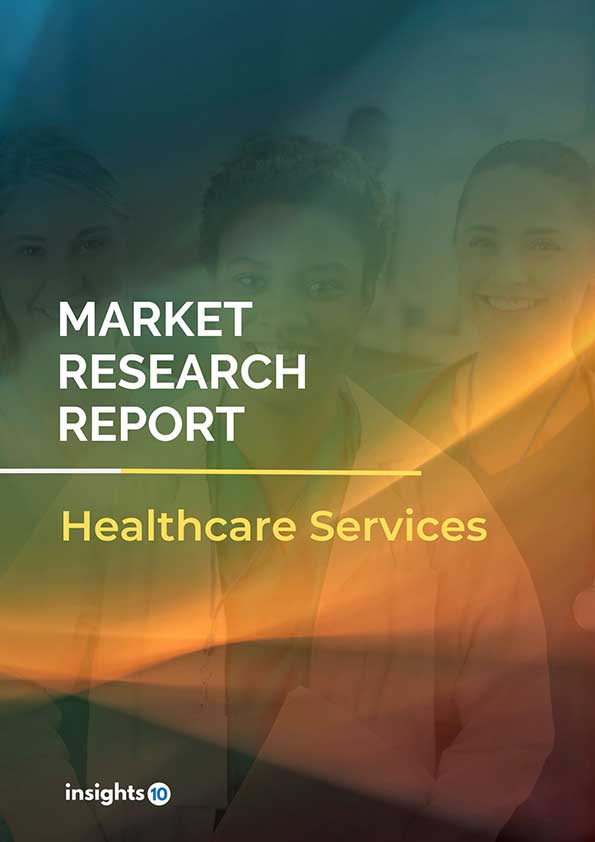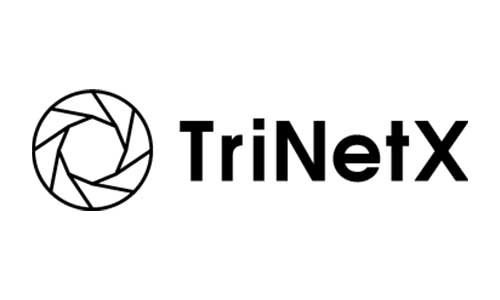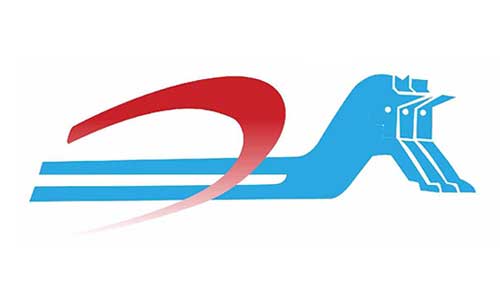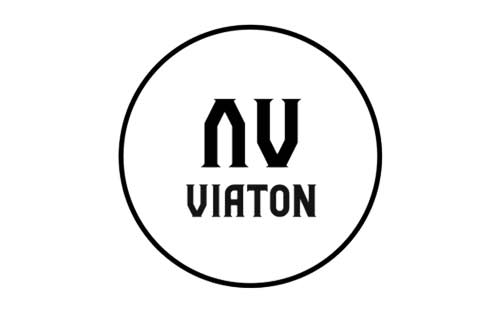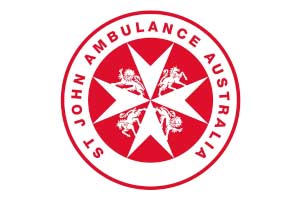Japan Antifungal Drugs Market Analysis
Japan Antifungal Drugs Market is at around $0.98 Bn in 2023 and is projected to reach $1.33 Bn in 2030, exhibiting a CAGR of 4.3% during the forecast period. The market is expanding due to rising healthcare costs, the prevalence of risk factors, and technological advancements. The market is dominated by key players like Merck & Co., Pfizer Inc., Novartis AG, Abbott Laboratories, Astellas Pharma Inc., GlaxoSmithKline plc, Bayer AG, Glenmark Pharmaceuticals Limited, Sanofi S.A., and Gilead Sciences Inc.
Buy Now

Japan Antifungal Drugs Market Executive Summary
Japan Antifungal Drugs Market is at around $0.98 Bn in 2023 and is projected to reach $1.33 Bn in 2030, exhibiting a CAGR of 4.3% during the forecast period.
The Japanese market for Antifungal drugs is dominated by products meant to fight fungal infections in the country's healthcare system. This market provides a variety of antifungal treatments for several fungal infections that are common in the area, such as topical creams, oral drugs, and intravenous therapy. The dynamics of this market in Japan are shaped by various factors, including the prevalence of fungal illnesses, healthcare infrastructure, regulatory regulations, and breakthroughs in drug research.
The market for antifungal drugs in Japan is steadily expanding due to an older population and an increase in the frequency of fungal diseases. To provide improved medicines and enhance treatment outcomes, major firms are concentrating on research and development. Market expansion is being further supported by government initiatives to improve healthcare infrastructure and awareness programs.
In 2023, antifungal medication sales stood at $15.8 Bn worldwide. The reliability and efficacy of antifungal medications have greatly increased. Significant investment has also been made in the antifungal drug sector, which has been essential to the sector's steady growth trend. The market for pharmaceutical antifungals has enormous potential due to rising profitability, productivity, and industrial innovation.
One of the biggest companies in the Japanese antifungal market is Merck & Co., referred to as MSD in Japan. The business is quite dominant in the market, especially when it comes to systemic antifungal medications. It has a dominant market share in the echinocandin class of antifungal medications, and its main product, Cancidas (caspofungin), is a best-seller. It holds a significant market share in the triazole medication class as well, due to medicines like Voriconazole (Vfend).

Market Dynamics
Market Growth Drivers:
Growing Healthcare Expenditure: Japan's aging population and technological improvements are driving up healthcare costs. This could lead to more people having access to Antifungal medications and treatments.
Prevalence of Risk Factors: People with weakened immune systems and the elderly are two groups who are more susceptible to fungal infections. The prevalence of these risk factors may rise with Japan's aging population, increasing the need for antifungal drugs.
Technological Developments: The identification and manufacture of more potent antifungal drugs may result from developments in drug research and medical technology. This covers advancements in formulation methods, medication delivery technologies, and the creation of novel chemicals with increased potency and reduced negative effects.
Market Restraints:
Challenges in Diagnosis: Fungal infections can be difficult to identify, which causes delays in starting the right course of therapy. A lack of quick and reliable diagnostic testing may cause antifungal medication misuse and underdiagnosis.
Competition from Other Therapeutic Areas: The market for antifungal medications faces competition for financing for research and healthcare resources from other therapeutic fields. The emphasis on fungal infections may be constrained by competition from fields like cancer, antivirals, and antibiotics.
Concerns Regarding Side Effects: Antifungal treatments, like any medications, may have side effects. Worries about possible side effects may impact patients' adherence to treatment regimens and prescribing patterns.
Healthcare Policies and Regulatory Landscape
Collaborating with the Ministry of Health, Labour, and Welfare is the regulatory agency known as the Pharmaceuticals and Medical Devices Agency (PMDA) of Japan. The PMDA must receive the NDA dossier and the required funds. Upon examining the NDA dossier, the PMDA could request more information. If the PMDA approves the medicine with the NDA dossier, it will be authorized for sale in Japan. Japan's drug approval procedure is extremely stringent and comprehensive. An extensive assessment of the submitted New Drug Application (NDA) is required. This process ensures that only drugs meeting the highest quality standards may be sold, which increases the complexity of drug regulation in Japan.
Competitive Landscape
Key Players:
- Merck & Co., Inc.
- Pfizer Inc.
- Novartis AG
- Abbott Laboratories
- Astellas Pharma Inc.
- GlaxoSmithKline plc
- Bayer AG
- Glenmark Pharmaceuticals Limited
- Sanofi S.A.
- Gilead Sciences Inc.
1. Executive Summary
1.1 Disease Overview
1.2 Global Scenario
1.3 Country Overview
1.4 Healthcare Scenario in Country
1.5 Patient Journey
1.6 Health Insurance Coverage in Country
1.7 Active Pharmaceutical Ingredient (API)
1.8 Recent Developments in the Country
2. Market Size and Forecasting
2.1 Epidemiology of Disease
2.2 Market Size (With Excel & Methodology)
2.3 Market Segmentation (Check all Segments in Segmentation Section)
3. Market Dynamics
3.1 Market Drivers
3.2 Market Restraints
4. Competitive Landscape
4.1 Major Market Share
4.2 Key Company Profile (Check all Companies in the Summary Section)
4.2.1 Company
4.2.1.1 Overview
4.2.1.2 Product Applications and Services
4.2.1.3 Recent Developments
4.2.1.4 Partnerships Ecosystem
4.2.1.5 Financials (Based on Availability)
5. Reimbursement Scenario
5.1 Reimbursement Regulation
5.2 Reimbursement Process for Diagnosis
5.3 Reimbursement Process for Treatment
6. Methodology and Scope
Japan Antifungal Drugs Market Segmentation
By Drug Class
- Azoles
- Echinocandins
- Polyenes
- Allylamines
- Others
By Drug Indication
- Dermatophytosis
- Aspergillosis
- Candidiasis
- Others
By Drug Dosage
- Oral drugs
- Ointments
- Powders
- Others
By Infection
- Systemic Antifungal Infections
- Superficial Antifungal Infections
By Drug Distribution
- Hospital Pharmacies
- Retail Pharmacies
- Others
Methodology for Database Creation
Our database offers a comprehensive list of healthcare centers, meticulously curated to provide detailed information on a wide range of specialties and services. It includes top-tier hospitals, clinics, and diagnostic facilities across 30 countries and 24 specialties, ensuring users can find the healthcare services they need.
Additionally, we provide a comprehensive list of Key Opinion Leaders (KOLs) based on your requirements. Our curated list captures various crucial aspects of the KOLs, offering more than just general information. Whether you're looking to boost brand awareness, drive engagement, or launch a new product, our extensive list of KOLs ensures you have the right experts by your side. Covering 30 countries and 36 specialties, our database guarantees access to the best KOLs in the healthcare industry, supporting strategic decisions and enhancing your initiatives.
How Do We Get It?
Our database is created and maintained through a combination of secondary and primary research methodologies.
1. Secondary Research
With many years of experience in the healthcare field, we have our own rich proprietary data from various past projects. This historical data serves as the foundation for our database. Our continuous process of gathering data involves:
- Analyzing historical proprietary data collected from multiple projects.
- Regularly updating our existing data sets with new findings and trends.
- Ensuring data consistency and accuracy through rigorous validation processes.
With extensive experience in the field, we have developed a proprietary GenAI-based technology that is uniquely tailored to our organization. This advanced technology enables us to scan a wide array of relevant information sources across the internet. Our data-gathering process includes:
- Searching through academic conferences, published research, citations, and social media platforms
- Collecting and compiling diverse data to build a comprehensive and detailed database
- Continuously updating our database with new information to ensure its relevance and accuracy
2. Primary Research
To complement and validate our secondary data, we engage in primary research through local tie-ups and partnerships. This process involves:
- Collaborating with local healthcare providers, hospitals, and clinics to gather real-time data.
- Conducting surveys, interviews, and field studies to collect fresh data directly from the source.
- Continuously refreshing our database to ensure that the information remains current and reliable.
- Validating secondary data through cross-referencing with primary data to ensure accuracy and relevance.
Combining Secondary and Primary Research
By integrating both secondary and primary research methodologies, we ensure that our database is comprehensive, accurate, and up-to-date. The combined process involves:
- Merging historical data from secondary research with real-time data from primary research.
- Conducting thorough data validation and cleansing to remove inconsistencies and errors.
- Organizing data into a structured format that is easily accessible and usable for various applications.
- Continuously monitoring and updating the database to reflect the latest developments and trends in the healthcare field.
Through this meticulous process, we create a final database tailored to each region and domain within the healthcare industry. This approach ensures that our clients receive reliable and relevant data, empowering them to make informed decisions and drive innovation in their respective fields.
To request a free sample copy of this report, please complete the form below.
We value your inquiry and offer free customization with every report to fulfil your exact research needs.


